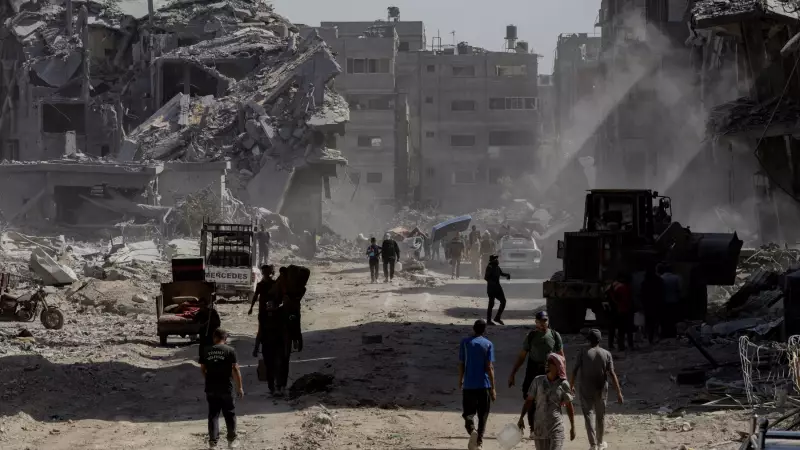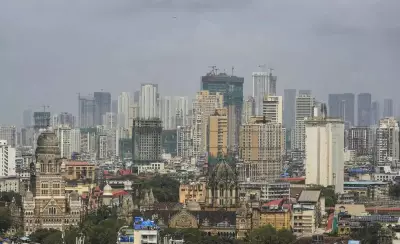
The delicate dance of diplomacy continues as Israel and Hamas remain locked in complex ceasefire negotiations, with international mediators working tirelessly to bridge the significant gaps between the warring parties.
The Current Stalemate: What's Holding Up the Deal?
Despite weeks of intense shuttle diplomacy involving Qatari, Egyptian, and American officials, a breakthrough remains elusive. Both sides have presented demands that the other finds difficult to accept, creating a negotiation impasse that prolongs the suffering of civilians in Gaza.
Israel's primary objectives focus on the safe return of all remaining hostages taken during Hamas's October 7 attacks. The Israeli government has maintained that military pressure must continue until this goal is achieved.
Hamas's demands center around a permanent ceasefire and complete Israeli withdrawal from Gaza, conditions that Israel's current leadership has repeatedly rejected.
International Mediation: The Three-Way Effort
The negotiation process relies heavily on three key players:
- Qatar: Serving as the main communication channel with Hamas leadership, Doha has hosted multiple rounds of talks and maintains open lines with all parties.
- Egypt: Bringing historical weight and geographical proximity, Cairo provides crucial intelligence and logistical support to the process.
- United States: Working closely with Israeli officials, American diplomats, including CIA chief William Burns, have been shuttling between capitals to find common ground.
Humanitarian Crisis Deepens as Talks Continue
While diplomats negotiate, conditions in Gaza continue to deteriorate dramatically. The United Nations and various aid organizations report:
- Critical shortages of food, water, and medical supplies
- Overcrowded shelters operating far beyond capacity
- Collapsing healthcare infrastructure with most hospitals non-functional
- Growing concerns about disease outbreaks amid poor sanitation
"The human cost of this delay in reaching a ceasefire agreement is measured in lost lives and prolonged suffering," noted a senior UN official who requested anonymity.
What Comes Next? Potential Scenarios
Analysts see several possible outcomes as negotiations enter what many describe as a "make-or-break" phase:
- Phased Agreement: A gradual implementation starting with hostage releases and limited humanitarian pauses
- Comprehensive Deal: A larger package addressing both immediate humanitarian needs and longer-term arrangements
- Negotiation Collapse: The possibility that talks could completely break down, leading to intensified military operations
The coming days are likely to prove decisive as pressure mounts from multiple directions—from families of hostages demanding action, from the international community calling for restraint, and from regional powers seeking stability.





